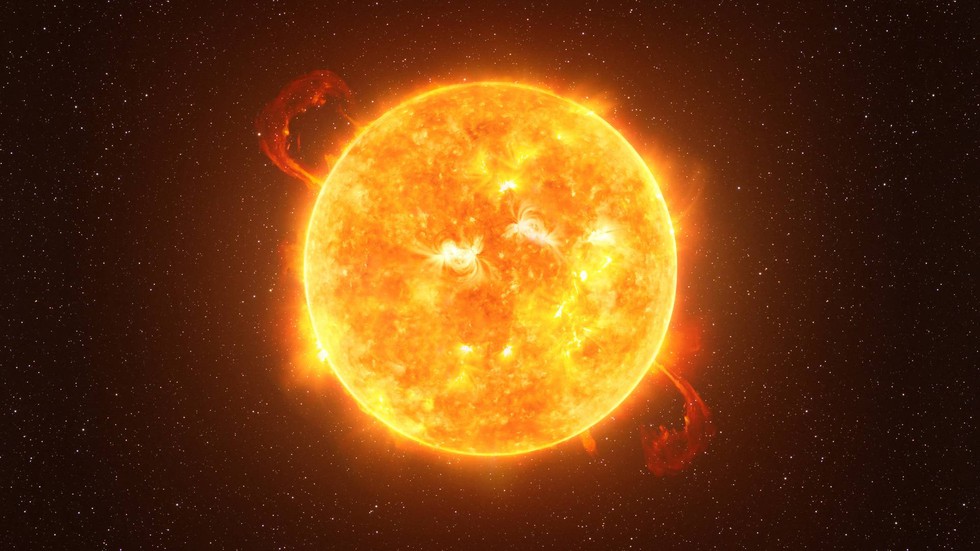The sun undergoes a cyclic pattern of activity known as the solar activity cycle, characterized by periods of heightened activity (solar maximum) and decreased activity (solar minimum), with a frequency of approximately 11 years.
Solar Maximum: Peak of Activity
During solar maximum, the sun experiences increased activity due to its strong and shifting magnetic fields. This period is marked by a higher frequency and intensity of sunspots on the solar surface.
Visualization of Solar Activity
The European Space Agency (ESA) has released a visualization compiled from images captured by the Extreme Ultraviolet Imager (EUI) instrument on ESA’s Solar Orbiter. The visualization showcases changes on the sun’s surface from February 2021 to October 2023, highlighting increased activity as the sun approaches solar maximum.
Solar Cycle 25
Currently, the sun is in solar cycle 25, expected to peak in mid- to late 2024, approximately one year earlier than previous estimates. Solar cycle 25 has been characterized by heightened activity, including solar flares and coronal mass ejections.
Impact of Solar Storms
Strong solar storms during solar maximum, such as solar flares and coronal mass ejections, can impact Earth’s electric power grids, GPS systems, satellites, and may cause radio blackouts.
Solar Minimum and Predictive Capabilities
Following solar maximum, the sun enters a period of decreased activity known as solar minimum. The Solar Orbiter spacecraft aids scientists in predicting the timing and strength of solar cycles. However, the confirmation of solar maximum is determined by observing a decrease in the number of sunspots.
Multiple-Choice Questions (MCQs):
- What is the period of the solar activity cycle?
- A) 10 years
- B) 11 years
- C) 12 years
- D) 13 years
- Answer: B) 11 years
- What causes the heightened activity during solar maximum?
- A) Decreasing magnetic fields
- B) Stable magnetic fields
- C) Strong and shifting magnetic fields
- D) Absence of magnetic fields
- Answer: C) Strong and shifting magnetic fields
- How does the European Space Agency (ESA) visualize changes in solar activity?
- A) Using radio telescopes
- B) Through satellite imagery
- C) Utilizing ground-based observatories
- D) Employing radar technology
- Answer: B) Through satellite imagery
- Which solar cycle is currently ongoing?
- A) Solar Cycle 24
- B) Solar Cycle 25
- C) Solar Cycle 23
- D) Solar Cycle 26
- Answer: B) Solar Cycle 25
- What impact do solar storms during solar maximum have on Earth?
- A) Decreased temperature
- B) Increased rainfall
- C) Radio blackouts and disruptions to power grids
- D) Enhanced satellite communication
- Answer: C) Radio blackouts and disruptions to power grids
